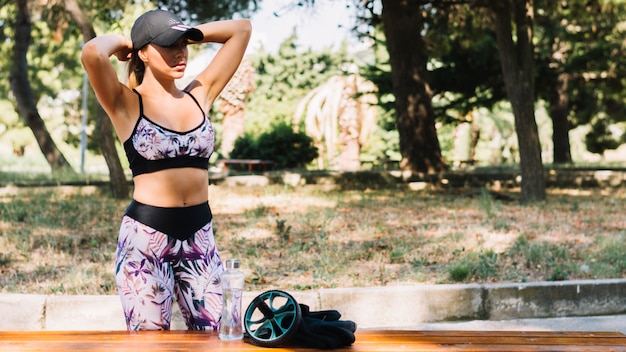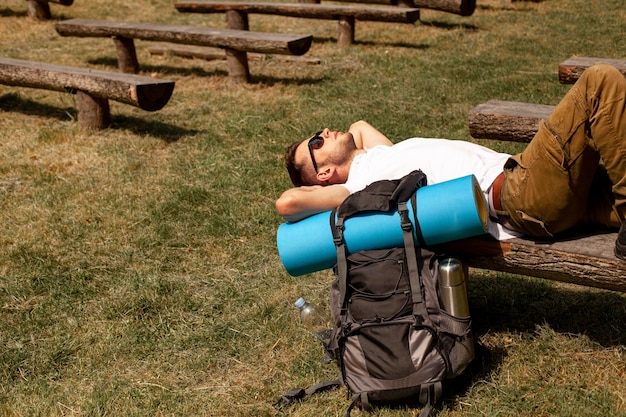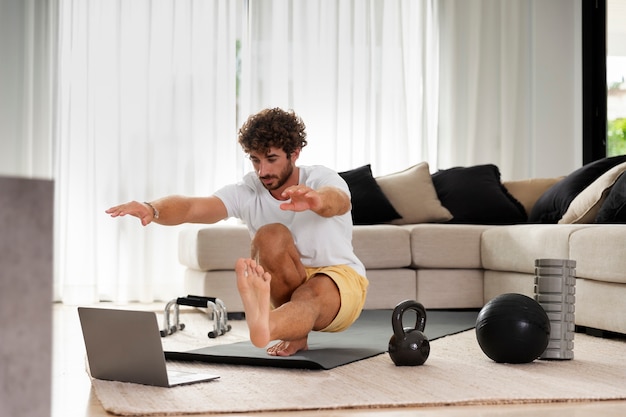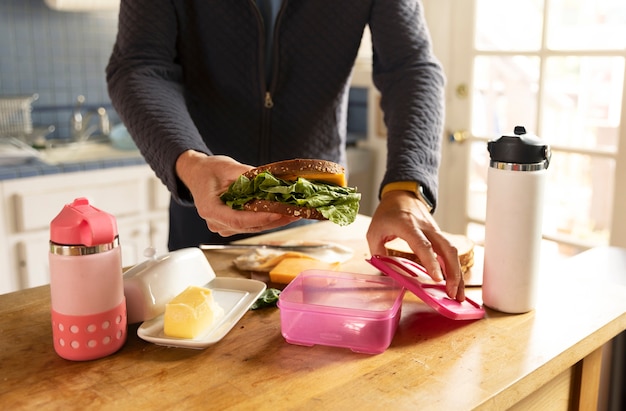The Ultimate Biohacking Guide for Weekend Warriors: Boost Performance, Recovery & Energy
For weekend warriors—those who train hard on weekends after a busy weekday routine—maximizing performance, recovery, and energy is essential. Biohacking offers science-backed strategies to enhance physical and mental performance without needing extreme lifestyle changes. This comprehensive checklist gives you actionable tips, weekly targets, and safety reminders to help you get the most from your efforts—safely and sustainably.
What Is Biohacking for Weekend Warriors?
Biohacking refers to making small, measurable changes to your biology through nutrition, lifestyle, technology, and environment. For weekend warriors, it’s about optimizing the limited time you have to train, recover, and stay energized throughout the week.
Unlike professional athletes, weekend warriors face unique challenges: inconsistent training schedules, sedentary weekdays, and delayed recovery. Biohacking helps close the gap by focusing on recovery, sleep, nutrition, and mental focus.

Weekly Biohacking Checklist
Use this checklist every week to stay on track and measure progress. Aim to complete at least 80% of the targets consistently.
1. Prioritize Sleep Quality (Target: 7–9 hours/night)
- Go to bed and wake up at the same time daily (±30 minutes).
- Keep your bedroom cool (60–67°F), dark, and quiet.
- Avoid screens 1 hour before bed; use blue light filters if necessary.
- Track sleep with a wearable or app to monitor deep and REM sleep.
2. Optimize Nutrition (Target: 5+ days of clean eating)
- Eat whole, unprocessed foods: vegetables, lean proteins, healthy fats.
- Time your carbs around workouts for energy and recovery.
- Stay hydrated—aim for at least 2.5–3 liters of water daily.
- Consider tracking macros (protein, carbs, fats) for 1 week to assess balance.
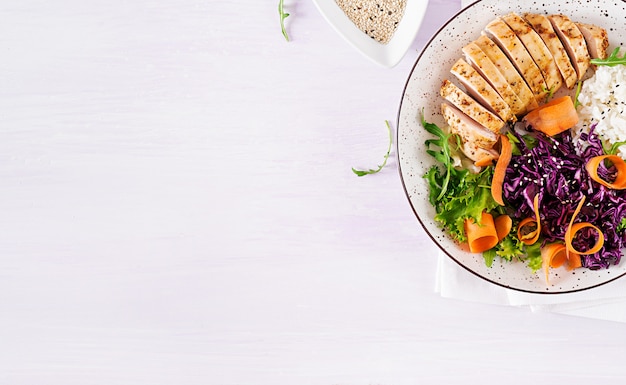
3. Enhance Recovery (Target: 3+ active recovery sessions)
- Use foam rolling or massage guns post-workout.
- Try cold exposure: 2–3 minutes in a cold shower or ice bath (1–2x/week).
- Incorporate stretching or yoga on non-training days.
- Consider infrared sauna sessions for muscle relaxation and circulation.
4. Track Key Metrics (Target: Monitor 3+ biometrics weekly)
- Resting heart rate (RHR): Lower over time indicates improved fitness.
- Heart rate variability (HRV): Higher HRV suggests better recovery and resilience.
- Step count: Aim for 7,000–10,000 steps daily, even on rest days.
- Use wearables (e.g., fitness trackers) to monitor trends over time.
5. Boost Mental Focus & Stress Resilience (Target: 5+ mindfulness sessions)
- Practice 5–10 minutes of meditation or box breathing daily.
- Limit caffeine after 2 PM to avoid sleep disruption.
- Reduce screen time and digital overload, especially on weekends.
- Try nature exposure—30 minutes outdoors can reduce cortisol levels.
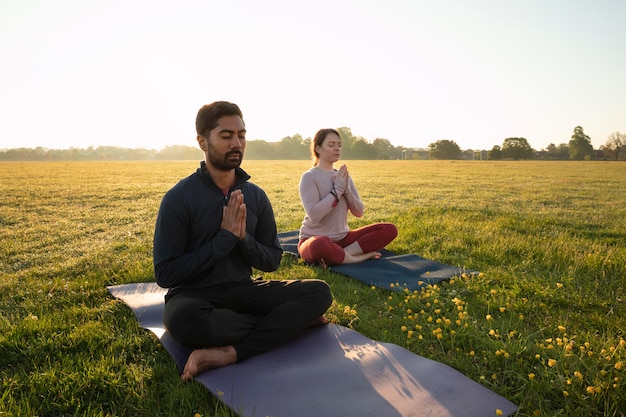
Safety Reminders: Biohack Smart, Not Hard
Biohacking should enhance your health—not compromise it. Follow these safety guidelines:
- Start slow: Introduce one change at a time to assess tolerance.
- Avoid extreme protocols: Fasting, extreme cold, or high-dose supplements can backfire without medical guidance.
- Listen to your body: Fatigue, irritability, or poor sleep are signs to scale back.
- Consult professionals: If considering supplements or advanced tracking, discuss with a healthcare provider.
- Don’t obsess over data: Numbers are tools, not goals. Focus on how you feel.
Simple Tools to Get Started
You don’t need expensive gear to begin. Start with:
- A basic fitness tracker (tracks steps, sleep, heart rate).
- A sleep journal or app (like Sleep Cycle or Oura).
- A hydration reminder app or marked water bottle.
- A 5-minute daily meditation app (e.g., Headspace or Calm).
Final Thoughts
Biohacking isn’t about perfection—it’s about progress. As a weekend warrior, your goal is to make the most of your active days while supporting your body throughout the week. By focusing on sleep, nutrition, recovery, tracking, and mental health, you’ll build resilience, improve performance, and enjoy your activities more.
Start small, stay consistent, and let data guide—not dictate—your journey.








